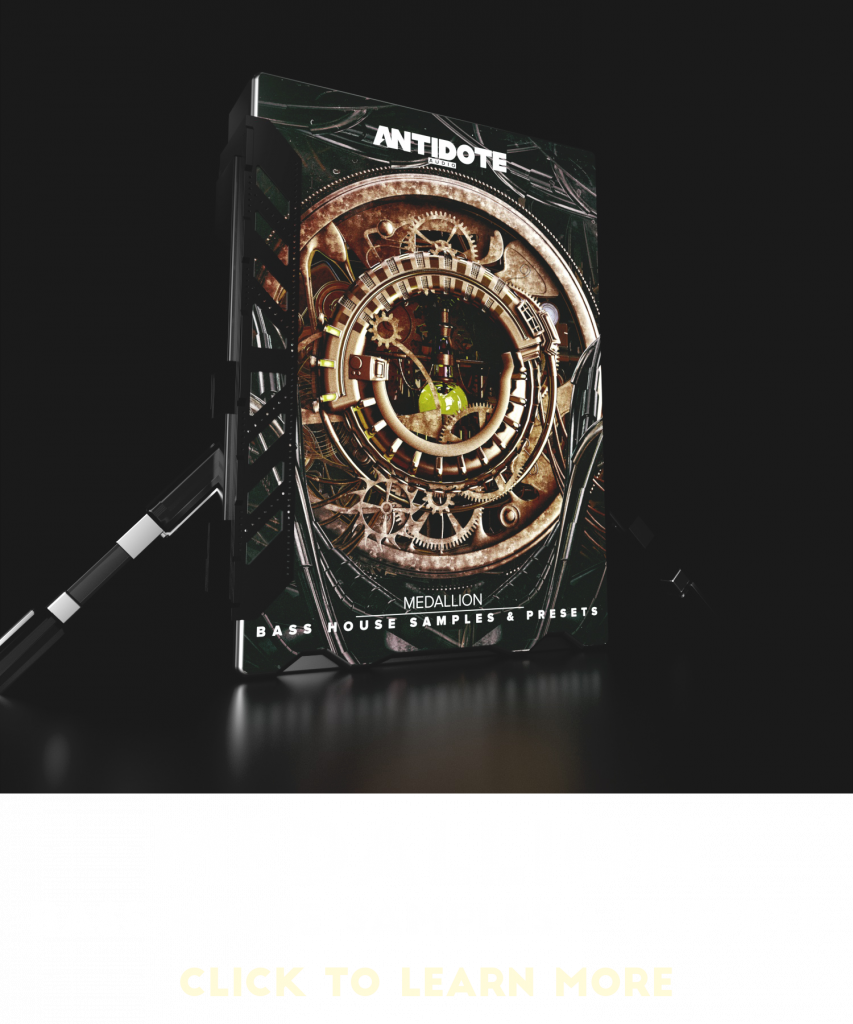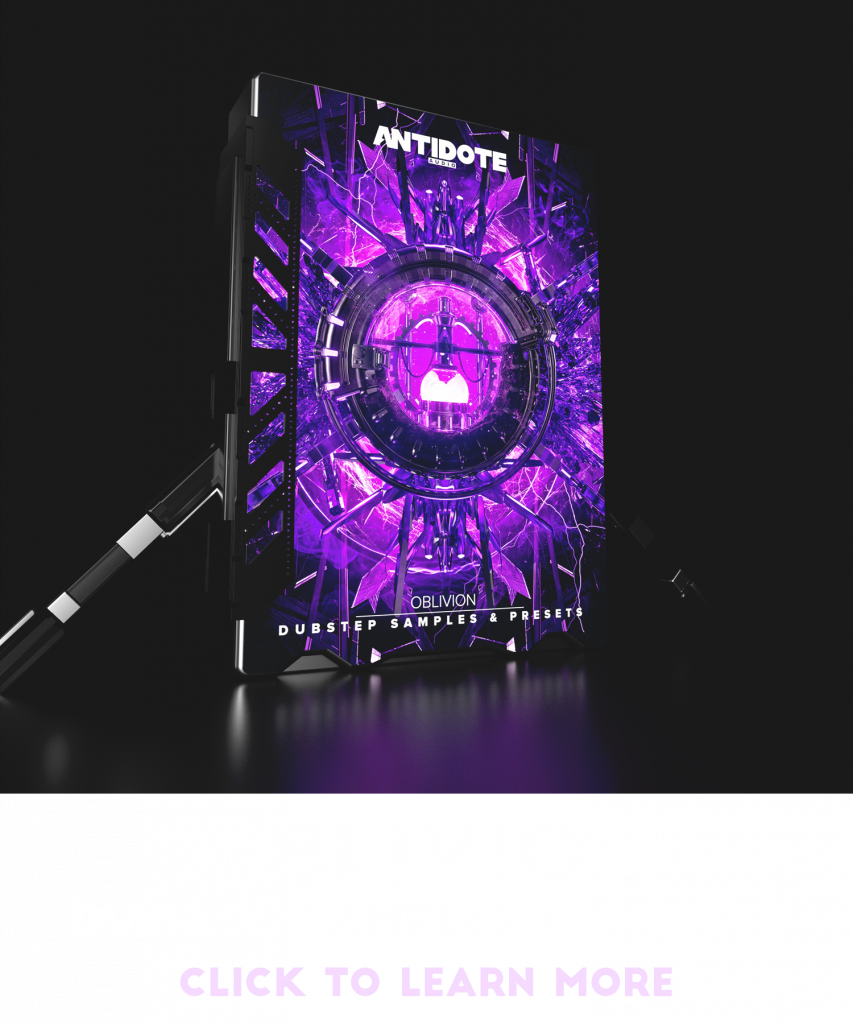
Mixing
The ability to transform a great track into a phenomenal track! It can make your tracks loud and crisp, pull sounds deeper or focus certain other elements in the centre. Needless to say mixing can shape your entire song. It’s a never ending learning process, discovering new tricks and methods so we thought why not make a mini guide of our own tricks when it comes to mixing?
So, we reached out to our community and asked for their own tips and tricks when it comes to mixing down a track. Here’s 17 of our favourite Mixing Tips.
*Some have been edited for length and grammar.
“Use send channels for reverb” – Shelby J
“Make sure your mixdown sounds good at low volume. If at a low volume you can still hear everything coming through the mix, generally it will translate well at louder volumes. Mixing at lower volumes also makes ears less prone to fatigue. In the end confirm at higher volumes of course.” – Shane C
“Spend enough time when choosing samples and presets” – Jussi A
“I think on my end one that really still helps me is learning to cut frequencies. Remembering that unless you’re going for a specific style (with reese basses or certain vowel tones) that it’s always worth cutting out unneeded frequencies!
And that having too much clutter around the low and high end of an EQ spectrum can really damage your overall mixdown and final master” – Jason S
“Don’t overdo it. Please.” – Austin A
“High pass everything that’s not a kick, snare or sub.” – A.J. S
“Try to listen to your song on as many speakers/headphones as possible that’s how you really get a good mix for every channel.” – Fabian D
“My tip is to eq after compression, saturation, reverb, etc to clean up frequencies that were not originally there and are now there because of compression, saturation, reverb, etc” – Damian W
“Less is more. Especially when it comes down to selecting what actual sounds you keep in the final mix of a track!” – Samuel B
“Keep your level mixer out of the red please!” – Ruben V
“Mids can have a hard stereo width presence. Highs can barely sound nice. And never put anything stereo on a sub frequency!” – Ruben V
“If you’re ever lost in a mix and you’ve no idea what to do, try using the pink noise method.
Play a pink noise sample at like – 6 db and solo out each track. Mess around with the volume of the track until it is barely audible with the pink noise playing. And repeat the same thing for all the tracks. Imo 50% of mixing is just volume control, the rest being eq and imaging, etc.” – Mahadevan G
“My tip kinda follows along with Jason, where it is so important to make space in a mix. To expand upon it, choose your focus of the mix, and then cut frequencies of other aspects of the mix around it quite harshly. Then if you want to add more texture and warmth into it, slowly add it back in” – Jaidyn G
“Soft clipping is a great way to achieve extremely loud mixdowns and masters (for bass music typically) and Use a reference track with your favorite spectrum analyzer on to see how your tracks stack up to the pros” – Reggie M
“Trust your ear.” – Gregorio T
“If something is too loud then turn it down. If it’s too quiet then turn it up and if you find yourself going back and forth, compress it.” – Aidan R
CONCULSION
There you have it, mixing tips and tricks from all kinds of angles. Whether you want the cleanest mixdown or the heaviest mixdown there’s no right or wrong way. The mixing phase can be just as creative as the songwriting phase, it just depends on what kind of feel and vibe you want to convey with your track. However in saying that there are conventional mixing methods to get a desired sound and it’s important to find a balance between creativity and conventional mixing.
Our top tips to mixing? Many were mentioned above and we mention many here in our tutorials, but our top tips are the following. Use Send and Return channels on common plugins such as reverb and delay to save your CPU in the long run, instead of loading the same effects on different channels. Sample selection is an important first step, the better the samples the less processing and mixing you’ll need to do later on. Don’t be afraid to use the same effect more than once. Use Parallel Compression to get a harder sound. Reverb is important to help fit and blend your sounds into your mix.





